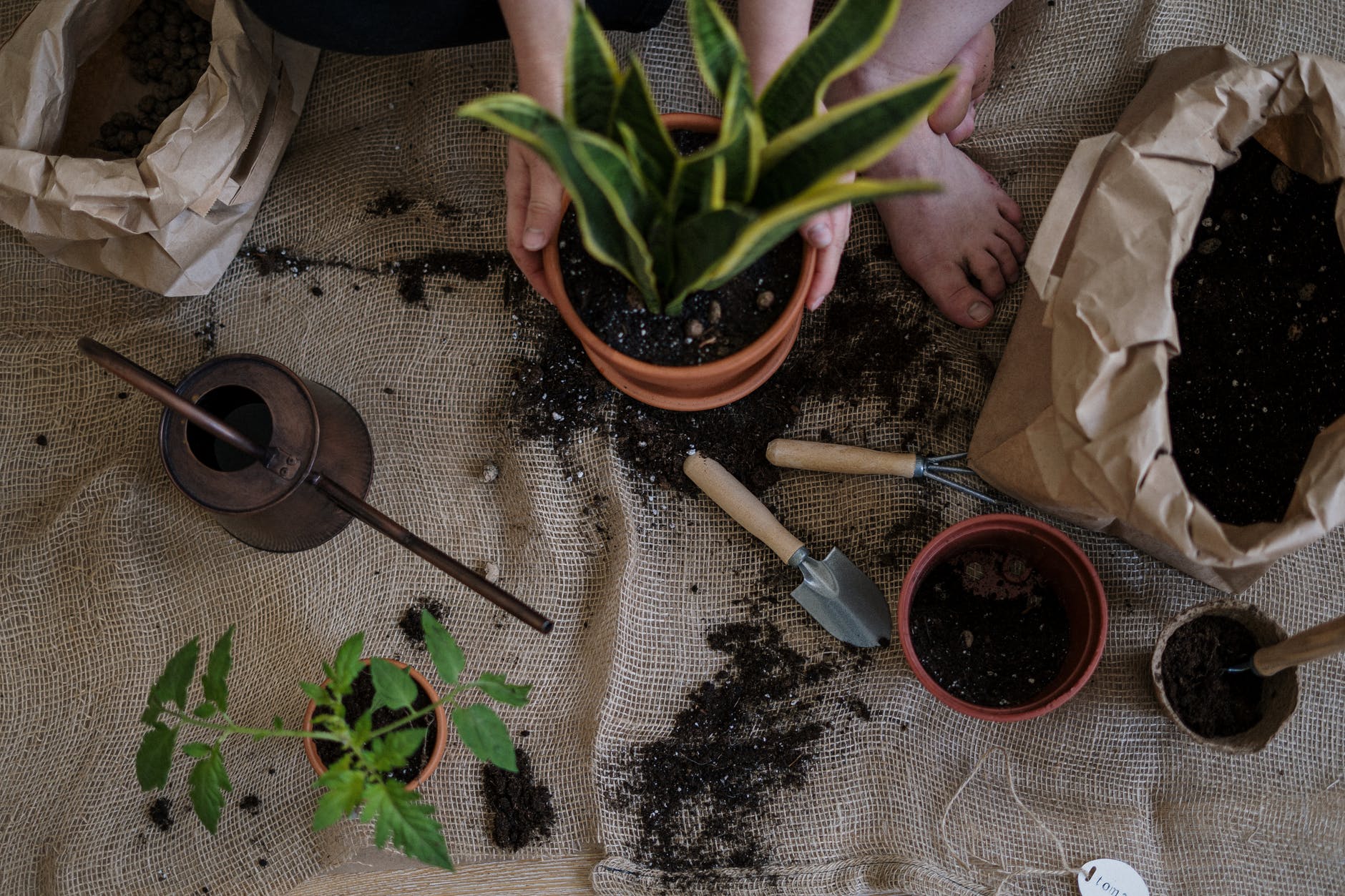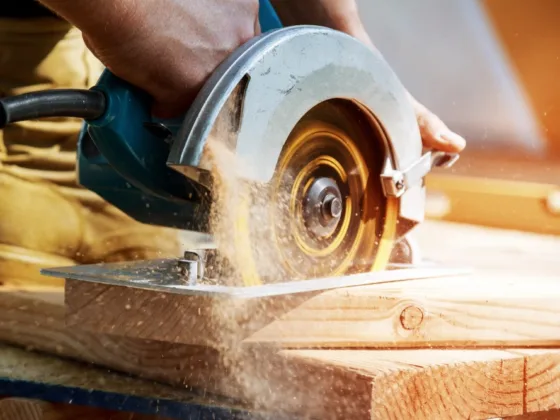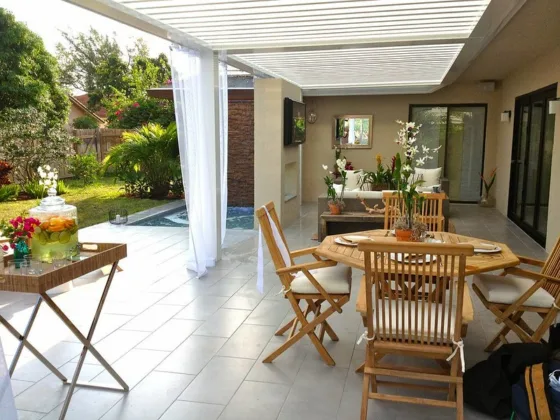Starting a rooftop garden is not an easy task, and maintaining it is even more difficult.
However, it’s something that a lot of you want to try and get into. So, to help you out, here’s a list of 6 things you must remember before starting your rooftop garden.

1. Knowing What Plants to Get
The type of plants you should get for your rooftop garden depends on the weather you have in your area.
If you’re living in a warm or humid area with sunny days throughout most of the year, you can get Lavender, Butterfly weed, Russian sage, etc.
If the area sees more rainfall than sunshine, you can opt for Daylilies, Monkey flowers, Rose mallows, etc.
The choice of plants will also depend on other factors including the space you have on your roof, the size of pots or tubs you’re getting for the plants, how big you want them to grow, and so on.
Take all these factors into account before deciding on the plants for your garden.
2. Keep the Pots Small and Light
There are many reasons why you should use small pots for your rooftop garden plants.
Firstly, small-sized potted plants are easy to carry. In case you need to move them from time to time, you can do so alone and with absolute ease.
Secondly, by keeping the pots small, you can make sure that your garden isn’t consuming too much space on your roof.
Besides, the smaller the size of your pots, the more plants you can have in your garden. Smaller pots also mean that you’ll have to spend less money on fertilizers (if necessary).
All these are pretty valid reasons as to why you should keep your pots small and light.
Read Also:
- Starting Seeds for Your Spring Planting: Grow Your Plants from Seed, Avoid the High Cost of Store Bought Plants, and Have Fun Doing It!
- Diagnosing Plant Problems, The Most Common Plant Diseases and How to Cure Them
- Planning Your Garden: 7 Things You Need to Keep in Mind
- 7 Easy Steps to Prepare New Ground for a Garden
- The Perfect Guide for Growing Tomatoes in Pots
3. Avoid Areas That Are Constantly Under the Shade
Shade is both good and bad for plants, depending on how much of it they’re getting and for how long. Being exposed to too much sunlight can dry out a lot of plants.
This results in them getting dehydrated and then eventually dying.
However, too much shade is also not good for plants, because it prevents them from creating their food and hinders a lot of other biological processes that require the presence of sunlight.
Keep your plants in an area where they can get sunlight during the morning, and shade when it’s past noon. Don’t keep them in a shaded area constantly.
There are, however, some exceptions to this case. Some plants grow better under constant shade while others do the same under constant sunlight.
Hence, it’s best that you also take these factors into account while deciding the spots.
4. Ensure Access to Water on The Roof
You have to water your garden plants every day and to do so, you’ll of course need access to water.
Carrying buckets of water to your roof can be difficult, especially if you’re living in a building and have to climb 3-4 flights of stairs to get to the roof.
So to make your life easier, you should ensure access to water on your roof directly. A small tap connected to the rooftop water tank through a steel pipe will be more than enough for his purpose.
5. Finding the Right Spots to Place Your Plants
As discussed earlier, the amount of shade or sunlight your plants need will play a vital role in deciding where to place them.
Apart from that, you’d want your plants to be closer to the edge or boundary of the roof. Keep them away from the main access point to the roof.
Make sure there’s enough space for people to walk around. The rooftop garden will of course increase the beauty of the roof, but you wouldn’t want it to be overwhelming or a bother to the other residents of your building or house.
6. Check-In on Them Regularly
The job isn’t done after you’ve set up your rooftop garden. Now comes the hard part – taking care of it.
To make sure that your garden is doing well, you need to check in on them regularly. Spend at least 20-30 minutes (or longer, depending on the number of plants you have) in your garden to see how things are going.
If you can’t make time every day, do so once every couple of days.
You can follow a general garden maintenance checklist to keep track of your plants’ growth as well as their health.
Or, you could create a personalized checklist for the entire garden or specific plants only.
Either way, these checklists will help you get a clearer image of how your plants are doing, and whether or not there’s any problem with them.










